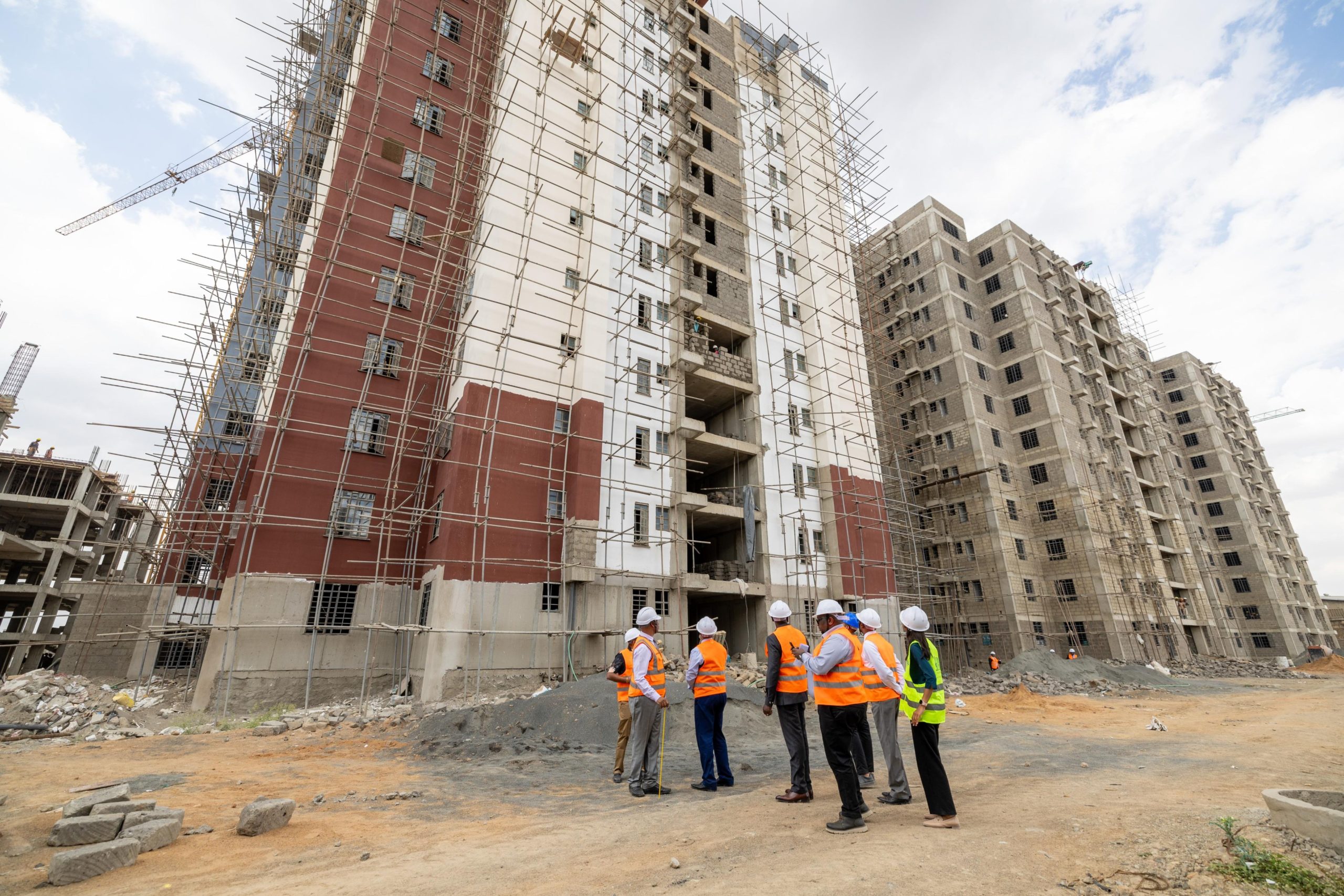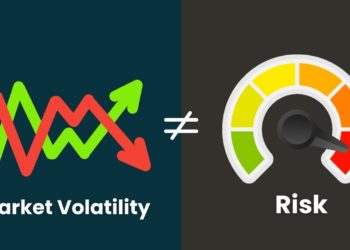The Kenyan construction sector is considered one of the most vibrant engines of national economic growth. However, the sector has recently faced a downturn as it grapples with challenging times.
According to data from the Kenya National Bureau of Statistics, the growth in the construction sector contracted to a rate of 2.6% in the second quarter of 2023, in contrast to the 4.5% growth the sector witnessed during the second quarter of 2022.
One of the primary challenges plaguing the construction sector this year is the rising costs in the country. The price of construction materials, such as cement, steel and timber, has skyrocketed, driven by factors like inflation and a weakening shilling in regard to imported materials. These escalating costs have eaten into profit margins and made it increasingly challenging for developers to execute projects within budget.
Regulatory hurdles and delays in project approvals have added to the construction sector’s woes. Navigating the complex regulatory landscape in Kenya can be time-consuming and costly, often causing project delays and escalating expenses. For instance, the National Land Information Management System dubbed ‘ArdhiSasa,’ a geospatial database responsible for digital management of land records in Nairobi County, has encountered criticism from stakeholders because of the inefficiency it has caused in the Registry.
This is as thousands of land transactions have been put on hold as the system has continually faced technological hurdles and processing delays, hampering construction activities.
The credit squeeze experienced by developers represents a significant obstacle to construction activities. Financial institutions have become increasingly cautious about extending credit for construction projects and have labeled clients in the sector as high-risk, especially after the recent reintroduction of Risk-Based Pricing Models approved by the Central Bank of Kenya in June 2023.
The move was prompted by concerns about the sector’s risk profile. This is evidenced by the gross nonperforming loans in the building and construction sector increasing by 7.5% to KES 38.6 billion in the second quarter of 2023, from KES 35.9 billion recorded in the first quarter of 2023. This increase underscores the financial challenges faced by numerous developers, compounded by the mounting interest rates set by banks following hikes in Central Bank lending rates by the Monetary Policy Committee, further exacerbating the sector’s woes.
While the challenges the Kenyan construction sector is currently facing are undeniable, the industry has proven time and again that it can overcome obstacles and contribute significantly to the nation’s economic growth and development.
The government, financial institutions and industry stakeholders must therefore collaborate to find sustainable solutions to these challenges, as a thriving construction sector is essential for Kenya’s overall economic prosperity.


















